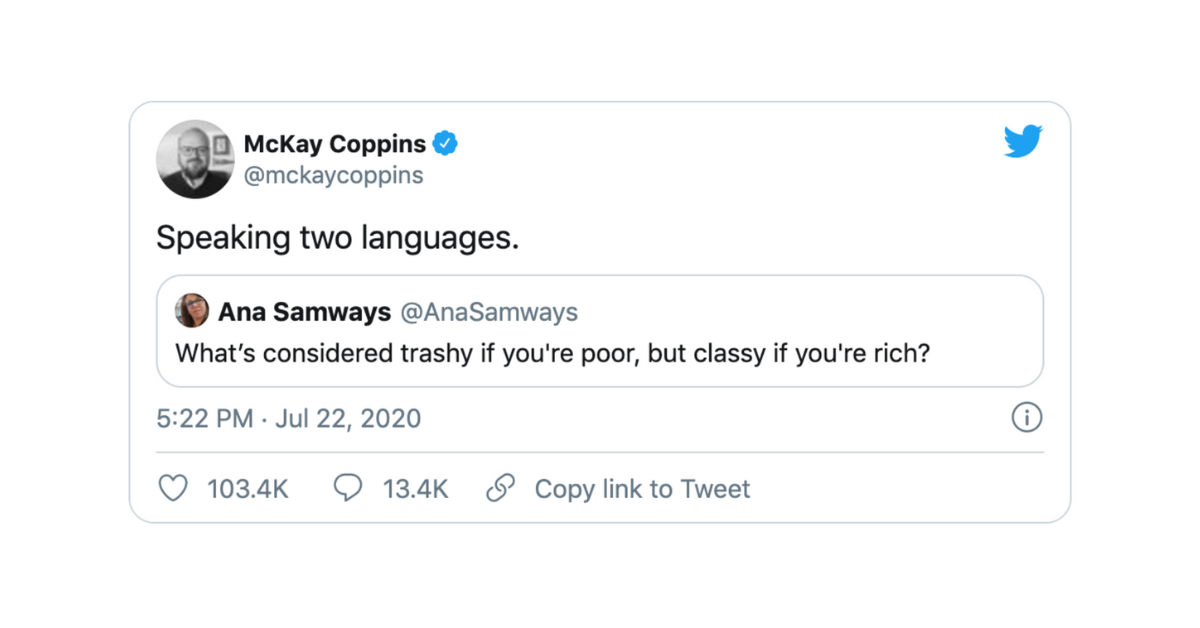|
Overcome common language learning myths to view multilingual students as assets, not liabilities.
Multi-Language Learners, or English Learners, are one of the fastest growing populations in our nation. Whether students are immigrating to the US anywhere in their journey from Pre-K to 12th grade, or English is not their primary language at home, educators are in need of support when it comes to language learning across grades and content areas. We examine this topic, dispel common myths, and discuss how to support these students in our Support for Multi-Language Learners episode of Teaching Today, where our host Dr. Roberta Lenger Kang is joined by Maria Garcia Underwood, Founder and CEO of M. Ideas Consulting, and yours truly, Lead Professional Development Coach here at CPET.
All terms for language learning are the same
In the episode, we highlight three key terms and define how they are different. Although these terms all have something to do with language learning, they are not synonymous. Here is a quick breakdown of what some language learning terms mean:
Throughout the rest of the episode, we use the term MLLs.
Teaching a foreign language is the same as teaching English
How we teach language matters when considering the context in which we are teaching. Teaching English when English is the dominant language of instruction requires different teaching practices than teaching a foreign language to students. Maria asks us to consider the motivator behind language acquisition when we learn our first language: communication. When thinking about our MLLs, their main goal is to “acquire English for communication purposes, for their everyday reality, for their everyday survival, both in those six hours at school, and outside.” This is very different from acquiring a language for the purpose of being able to communicate abroad when you’re on vacation or a business trip. Unfortunately, some of our teaching practices for English learning do not always mirror this basic need. Think about a one-year-old. Are you teaching that child grammar and verb conjugation? I hope not. That’s not how language is exposed to children. We focus on communicating, forgiving their mistakes, and ensuring their access to language grows. How can we use this model for our MLLs? Consider their basic needs. What do they need to understand and communicate throughout the school day to feel comfortable and safe? This ranges from understanding the school schedule to how they indicate the need to use the restroom. This contextualizes the language for them and creates the space to continue learning. We also need to consider the role of language when accessing content. As a high school English teacher, not only was I responsible for helping my students acquire a new language, I was also responsible for helping them learn how to write a personal essay for college applications. I worked with my bilingual students to create instructions on how to write personal essays and research papers in Spanish (the primary second language spoken at my school) because as far as I was concerned, the English could come later. Of course I wanted my students to feel confident in their English language abilities, but they also needed to understand the reasoning behind a thesis statement or how to use supportive evidence clearly. This content was essential, similar to the elements of a lab report or explaining a proof in math. Learning a language to access content is very different from learning a language as content.
It only takes a few years to master a language
To dispel this myth, we turn to the work of Dr. Stephen Krashen, an American linguist and Emeritus Professor of Education at the University of Southern California. He outlines five levels of language acquisition (different from state determined levels for testing) and an average timeline for transition:
As educators, we must consider how long it takes the average language learner to reach the Advanced Fluency level. We might hear students having conversations with their peers in the hallway, but those social situations require what Dr. Jim Cummins, professor for the Studies in Education of the University of Toronto, considers Basic Interpersonal Communication Skills, or BICS. These conversations require different skills from classroom language, which Cummins considered Cognitive Academic Language Proficiency, or CALP. Students who are able to use conversational language are moving through the levels of language acquisition, but educators must be careful not to assume that just because a student is fluent in social language, they are also fluent in academic language. For more information specific to BICS and CALP, check out Colorín Colorado’s page. If students have had interruptions in their education, you might hear the term SIFE associated with them, which stands for Students with Interrupted Formal Education. Interrupted schooling can contribute to slower fluency timelines and lower levels of literacy. Without strong language foundations, it can make learning another language more difficult.
“Exiting” means 100% fluent
Many states have different indicators that students are ready to “exit” language services, but this does not mean that they have reached the advanced fluency level. Usually, when students are deemed ready to exit, they are just broaching the intermediate fluency level. What does this mean for teachers? This means that every teacher is a language teacher and needs to consider the supports and scaffolds they are providing their MLLs throughout their curricula.
Literacy skills in a native language can’t transfer
As mentioned above, it takes about 7-10 years on average to become fluent in another language. What might speed this up? If students have proficient literacy skills in their native language(s), this understanding can help unlock another language. For example, they might understand how language functions, and know how to follow certain rules. The rules might be different, but understanding a language system and how it works is transferable knowledge.
It takes longer for older students to learn a language
It is a myth that older learners are not as competent at learning a language as younger learners. This myth is centered around the language that we hear. Younger students might feel more comfortable taking risks and producing verbal or written language more quickly, while older students might take a bit longer to demonstrate their learning. It is also important to note that older students — those who are around 13+ years of age — are more likely to retain their accent when speaking. This might make older students feel less confident or comfortable speaking, and talking with students about their accents and challenging the stereotypes about accents in our classrooms can help our older learners feel safe to take language risks.
You need a certification to support your MLLs
If you are new to language learning and want to serve your MLLs to the best of your abilities, we highly recommend checking out the work of Stephen Krashen and Jim Cummins, which is linked above. Need something to start with tomorrow? Here are some actionable steps you can take: Make your content comprehensible. You can do this in a variety of ways, but an easy way to do this is to use visuals. In my classes with MLLs who spoke three different native languages, rather than attempting to translate everything in those languages, I used pictures. I embedded videos. I had students create visuals for vocabulary words. This is something educators can do quite easily, and it has an incredible impact. Contextualize language. Think about how to show students when and where they might use this language. You can provide sentence stems, have students act out the language in short role plays, or attach physical movements to certain words. This also looks like providing a rich language environment, whether it’s encouraging discussion, think-pair-shares, or providing labels for students both in the classroom and within content instruction.
Shifting your mindset
At the end of our episode, we spoke about shifting our mindsets when it comes to our brilliant MLLs. I brought up a tweet I saw:
I think this ultimately comes down to a first language. For example, a native English speaker who is learning Mandarin and Spanish is seen very differently from a native Spanish speaker who is learning English. There are other biases that come into play, but that’s an article for another day. For now, I encourage educators to acknowledge that knowing multiple languages is an asset, not only for our students, but for our communities.
|
|
The Center for Professional Education of Teachers (CPET) at Teachers College, Columbia University is committed to making excellent and equitable education accessible worldwide. CPET unites theory and practice to promote transformational change. We design innovative projects, cultivate sustainable partnerships, and conduct research through direct and online services to youth and educators. Grounded in adult learning theories, our six core principles structure our customized approach and expand the capacities of educators around the world.
|
ABOUT US
525 West 120th Street, Box 182 New York, NY 10027 416 Zankel Ph: (212) 678-3161 [email protected] Our Team Career Opportunities |
RESOURCES
Professional Articles Ready-to-Use Resources Teaching Today Podcast Upcoming PD Opportunities |
COACHING SERVICES
Custom Coaching Global Learning Alliance Literacy Unbound New Teacher Network Student Press Initiative |


































